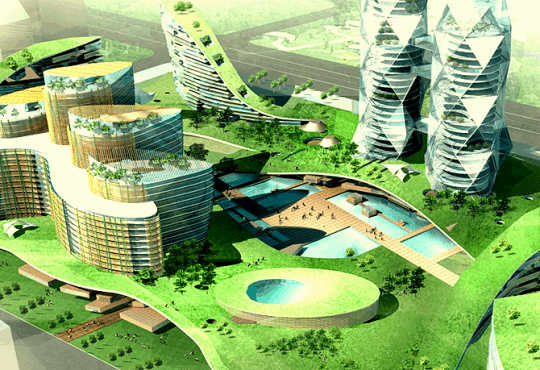WHY CISCO’S BET ON IOT, CLOUD IS CRUCIAL TO BUILDING SMART CITIES
When it comes to building Smart Cities, Internet of Things (IoT) and Cloud are two key components to make things work. For Cisco CEO Chuck Robbins, these two components are now part and parcel of his life as the networking major turns its focus towards IoT and Cloud for delivering connected cities. It makes sense at a time when, from Copenhagen and London to New York City and San Diego, more and more cities are embracing IoT and Cloud data storage to make life simpler and easier for their residents — from transportation to lighting, from smart buildings to parking, and so on. From making routers, network switches and various circuit boards, Cisco’s transition to IoT and Cloud was announced loud and clear to the world when Robbins took over the reins from the long-serving John Chambers over two years back.
However, when it comes to planning Smart Cities in India, the challenges are different. Transportation and lightening are important but healthcare and education come to the fore. And Robbins knows this. “It is absolutely amazing to see the technology helping students read better and transforming healthcare in Indian villages. This is what drives Cisco. Technology today no longer just helps companies achieve monetary goals. Technology is now ready to solve some of the deeper problems,” Robbins told the media in Mumbai last week. Robbins announced the launch of Cisco’s manufacturing operations in Pune and, along with the Maharashtra government, promised to build Nagpur as Smart City as the audience witnessed in real-time the IoT intervention in healthcare and digital education in Fetri village in Nagpur.
“I travel all round the world but it is a true honour to partner with India, with Maharashtra. Look at those innocent faces. We realise that we are working for something special here than other parts of the world. I believe smart cities will help build a real India and investing in ioT is the key to achieving it,” Robbins pointed out. For a layman, a Smart City will offer IoT devices such as connected sensors, lights and electricity metres, etc., which will help improve infrastructure, public utilities and services. It is also about providing city-wide network connectivity, smart and secure Wi-Fi hotspots and smart safety and surveillance solutions.
For example, in Copenhagen, where over 40 per cent of the residents commute by bike each day, the city officials use sensors to monitor bike traffic in real time to improve bike routes. Services that make a city “smart” are based on how and when information is procured and how it is leveraged. “Whether state and local governments want to reduce traffic congestion, optimise emergency response, reduce greenhouse gas emissions, make sanitation more effective or improve citizen services, the key lies in how quality information is collected, analysed and then used for actions and decision-making,” Swapnil Bhatnagar, Research Director, International Data Corporation (IDC) South Asia, told IANS.
At the forefront of delivering Smart Cities, the $49-billion Cisco reported global revenues of $12.6 billion for the quarter ended July 30, 2016. “We came to India in 1995. Currently, we have over 11,000 employees here. The country offers a huge talent pool of highly-qualified scientists, engineers and designers along with ease of doing business, geographic location, and proximity to suppliers and customers. The whole ecosystme is here to build Smart Cities,” Robbins noted. As the migration continues, tier II and III cities will need to become more organised and productive to tackle the growing population. Thus, an extensive IoT network is the critical infrastructure to collect real-time (or near-real-time) information from automated sensors which can then be leveraged for smart services.
“For example, optimised public bus systems will require IoT sensors on buses to continually update their location so routing and scheduling can be managed and digital signs can be updated and alerts sent to citizens waiting for buses. Thus, IoT is the most basic and critical piece in the Smart City jigsaw puzzle,” Bhatnagar added. When it comes to data, a secured, hackers-free experience is what enterprises need and connected smart cities will also need to safeguard data. In September, Cisco Systems joined hands with cloud computing major Salesforce to develop solutions that merge Cisco’s web-based video and audio technology and Salesforce’s cloud software for an efficient experience. Cisco has also showcased how patients can be connected with doctors conveniently and efficiently, regardless of distance, through highly-secure immersive visual experiences in India. “Technology can empower rural people in the country and we won’t let you down,” Robbins said.




